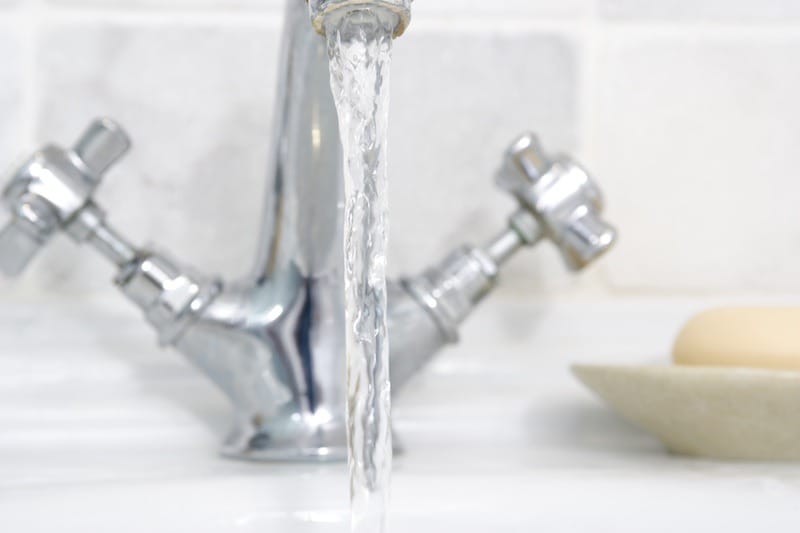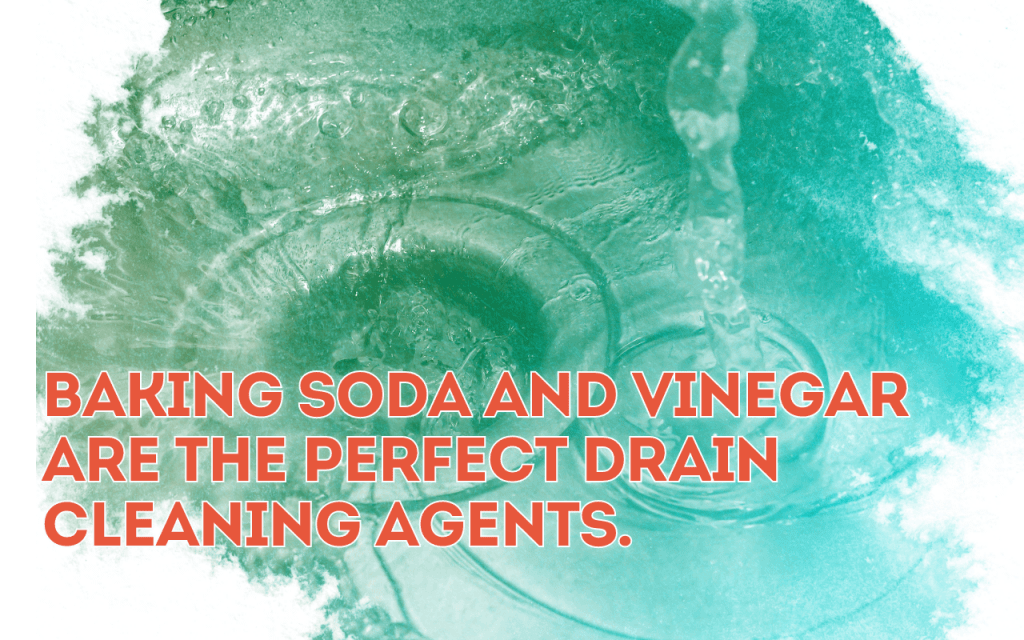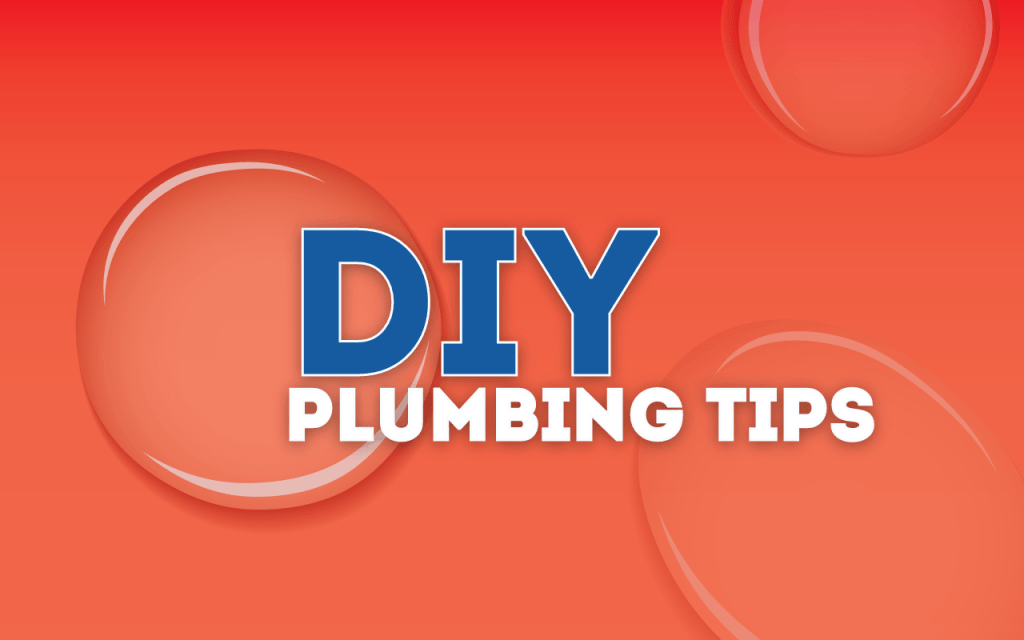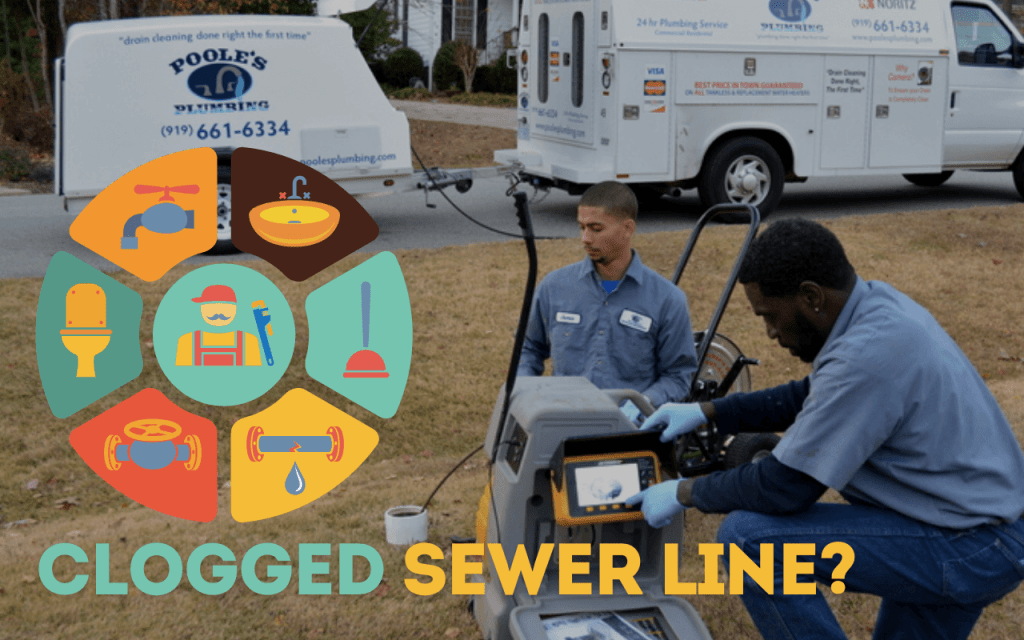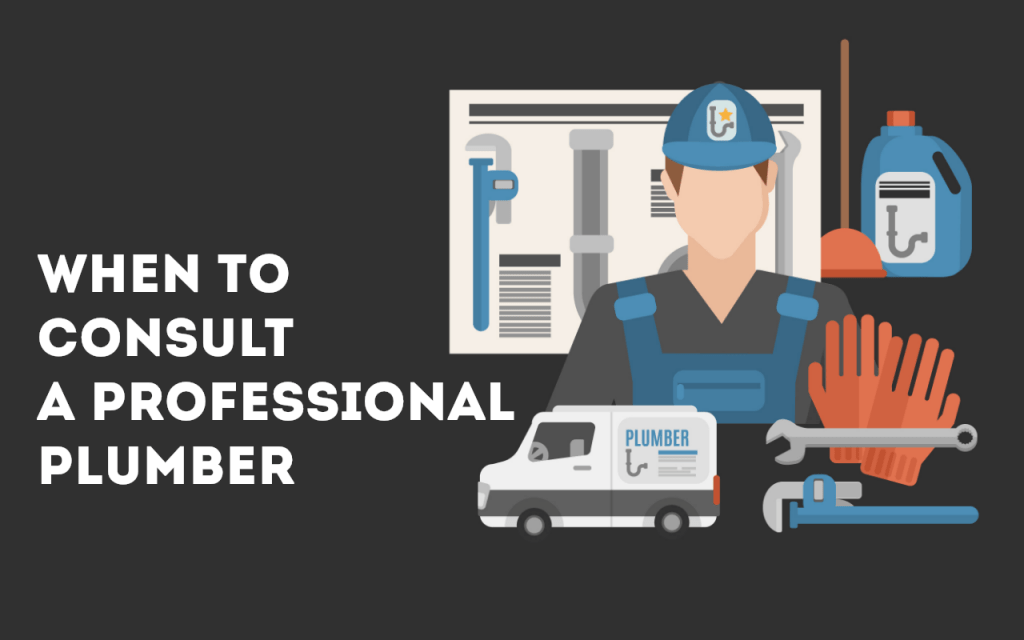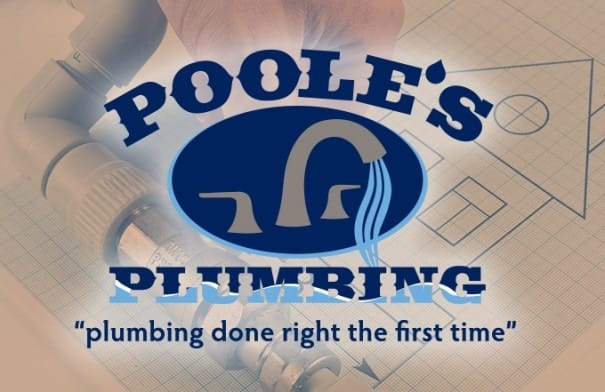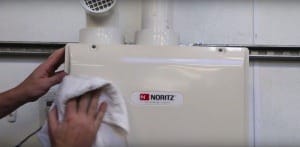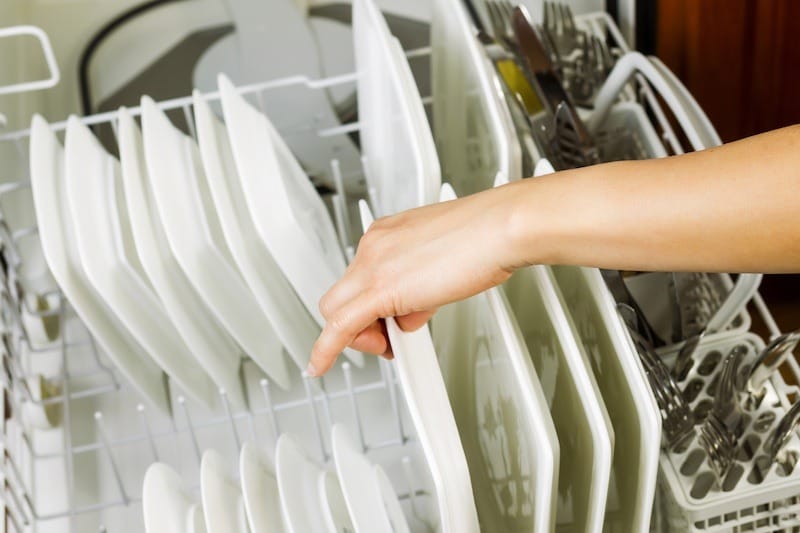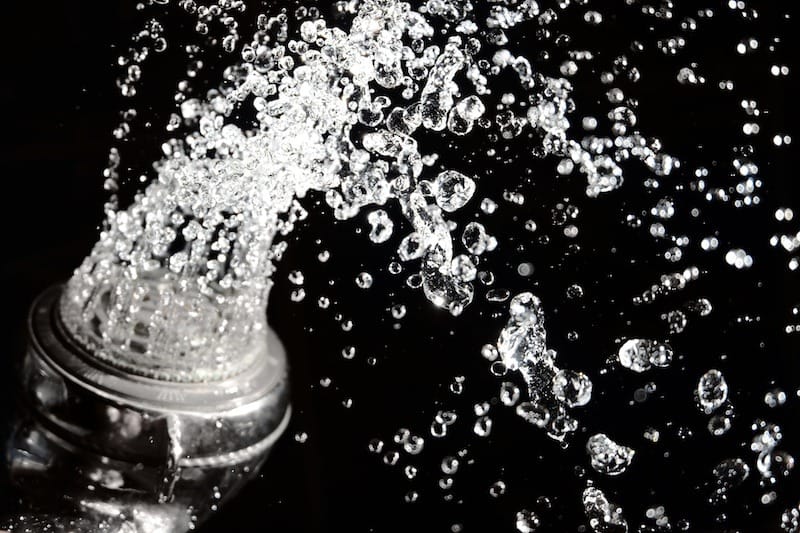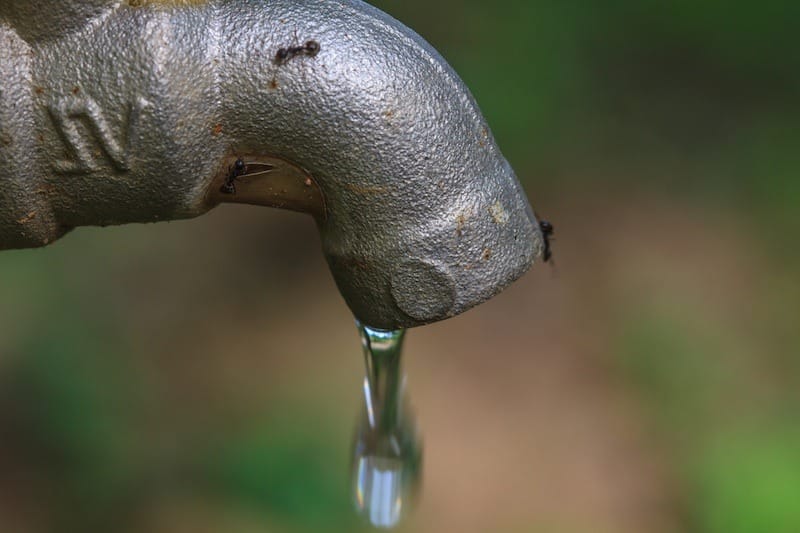How to Drain a Water Heater: Proper Maintenance of Your Unit Can Make all the Difference
One may think that once the number one installer of water heaters in the Triangle area, Poole’s Plumbing, has set you up with a new unit that its all smooth sailing from there on in. However, proper maintenance and knowing How to Drain a Water Heater can significantly extend its life and also help you avoid a damaging water leak that can affect the interior of your home. Additionally, in an emergency knowing How to Drain a Water Heater can help in other ways, as it can offer gallons of fresh water, but such an emergency water supply will only be useful if the water in your tank has been previously attended to.
Several easy steps, pointers, and reminders we can offer up on How to Drain a Water Heater can make all the difference and are as follows:
- Consider your type of water heater. Switch the thermostat on a gas heaterto the “pilot” setting to prepare for drainage, or simply turn the heater’s power off at the breaker box if you own an electric unit. Remember to practice caution when tripping breakers, and bear in mind you may want to allow the water inside the heater to cool before proceeding to the drain valve next. This can take as long as two hours depending on your water heater model.
- Find the drain valve on your water heater and connect a hose to it. Switch off the cold water supply to the heater but refrain from opening the valve at this time.
- Prevent a vacuum from appearing in your lines by turning on the hot water in a tub or sink somewhere in your house before continuing.
- Open the drain valve on your water heater and allow all the water to drain from the tank. This will likely take thirty minutes to an hour.
- Turn the water supply to your water tank back on following the draining of its tank. Wait until the water runs out of the drain valve’s hose that you connected earlier, then close the drain valve back up again. Check the instructions that come with your particular tank before acting further. Some water heaters will only need their tanks partially refilled with water before further troubleshooting, but others may require the tank to be completely full in order to avoid potential device damage.
- Turn the hot water faucet in your sink or tub back off, then restore power to your gas or electric water heater via the thermostat or breaker box, respectively.
- Test your water heater’s pressure relief valve after water temperature has been restored. This valve prevents overheating. Refer to your specific manufacturer instructions regarding the pressure relief valve in order to complete your repair.
As simple of a process as any of these steps are in helping you know How to Drain a Water Heater, as you can see, can make a huge difference, whether it is to avoid a bad situation or to simply extend the life of your unit. With the assistance and reminders here from your friends at the number one installer of water heaters in the Triangle area at Poole’s Plumbing, these are all do-at-home- easy ways to minimize or not run into any issues at all.


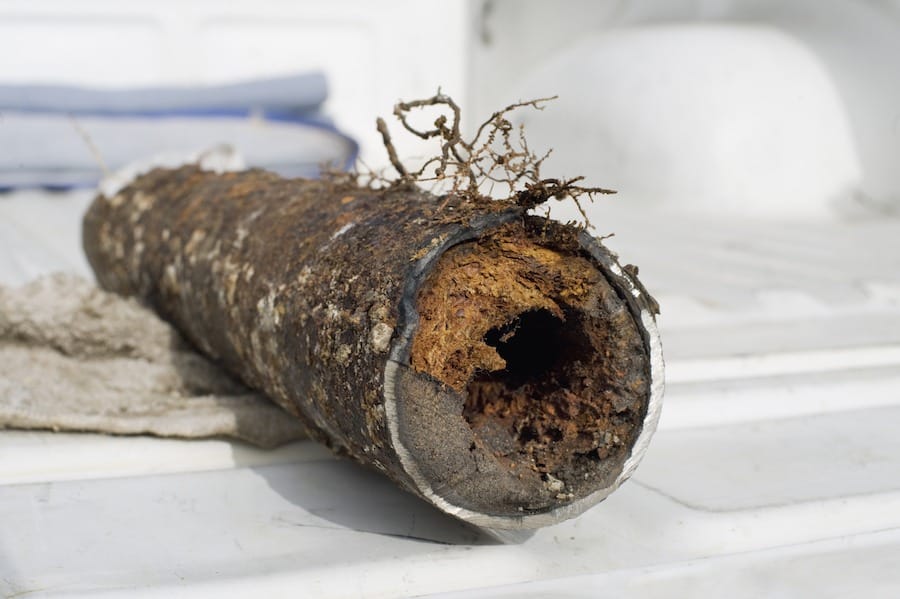
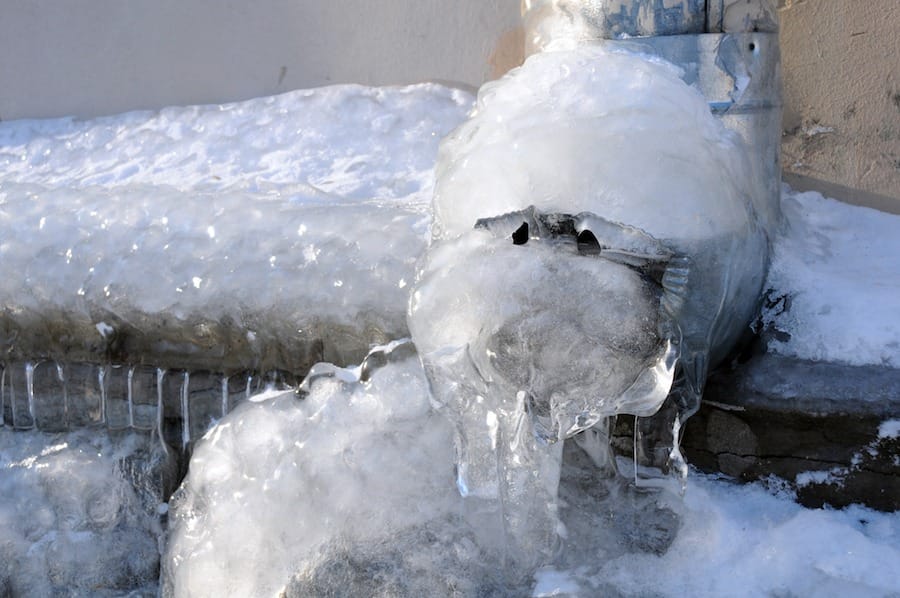
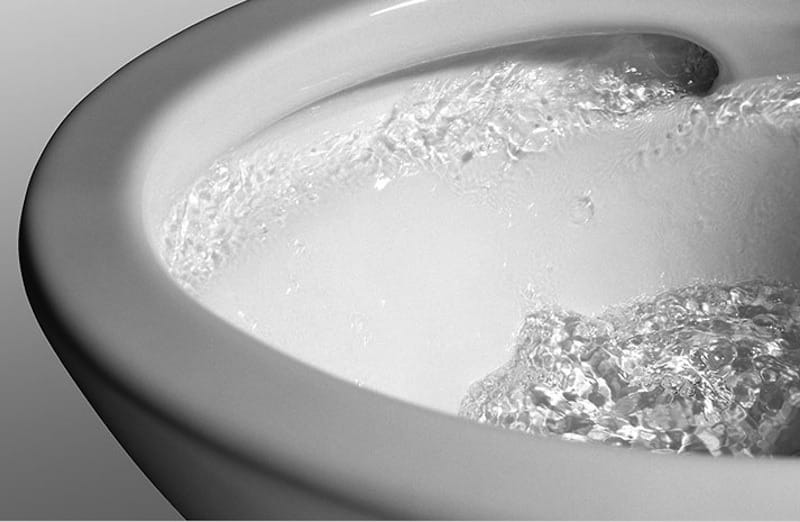
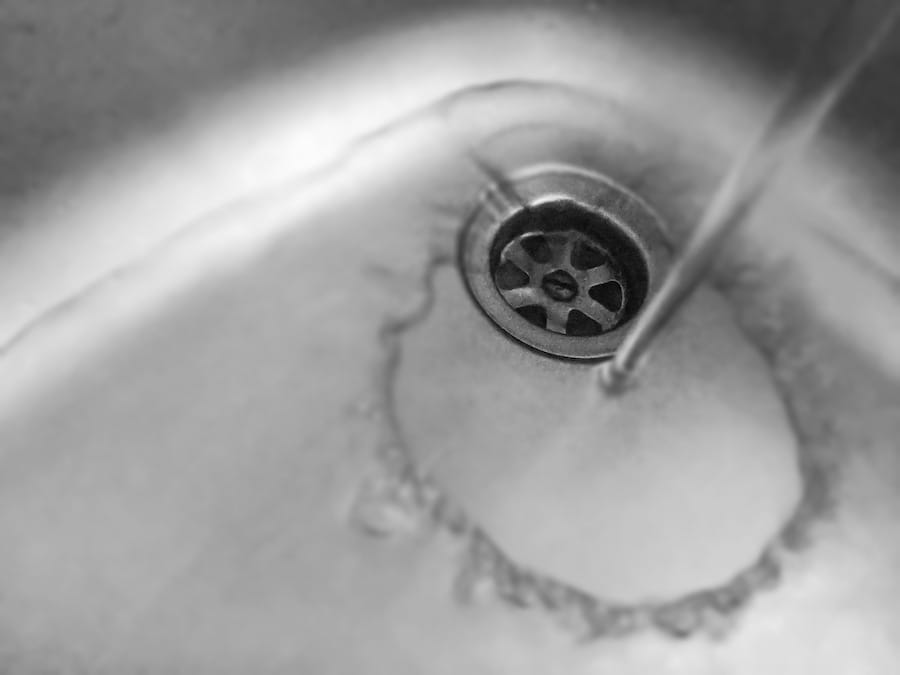
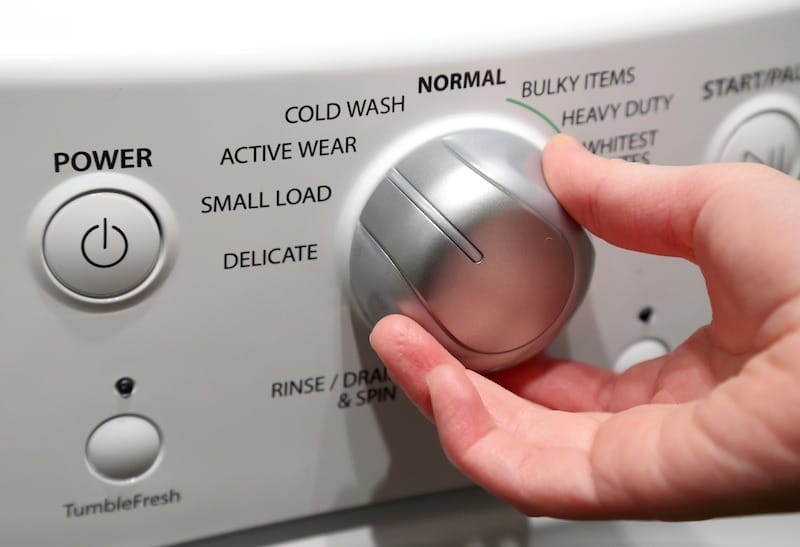
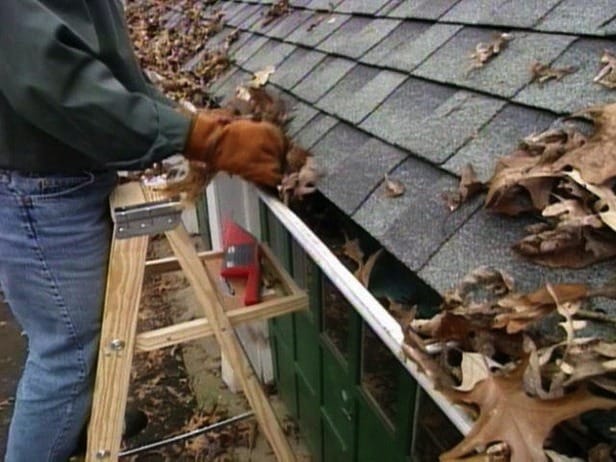
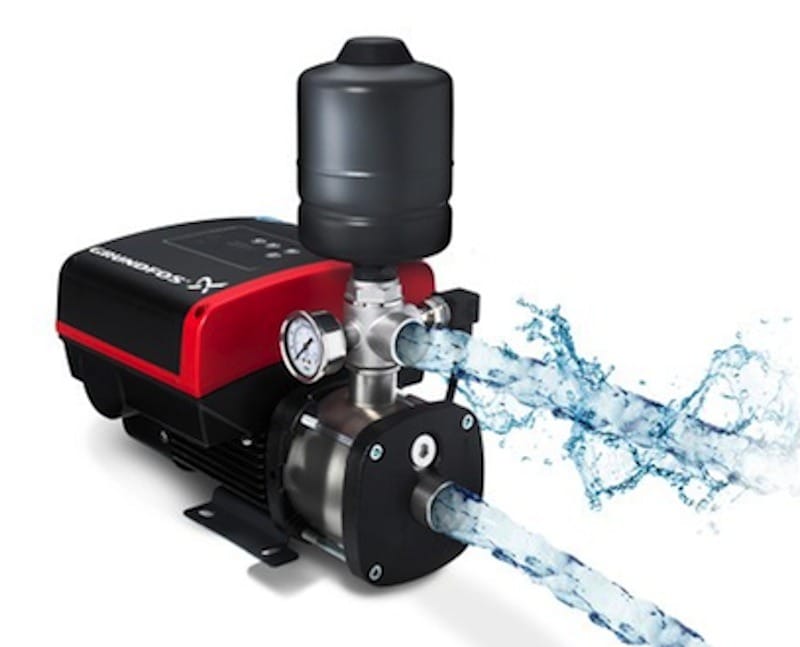 In Selecting a Well Pump, it is essential to know which model best suits you and your needs as to not waste your money on a pump that may give you either too much or too little. The Constant Pressure Pump operates using a variable speed motor that is built in to the unit that allows the pump to speed up or slow down depending on your level of water usage. Thus, when you need more water, the Constant Pressure Pump runs faster, and when less water is used, it runs at a slower pace. Benefits of this type model include:
In Selecting a Well Pump, it is essential to know which model best suits you and your needs as to not waste your money on a pump that may give you either too much or too little. The Constant Pressure Pump operates using a variable speed motor that is built in to the unit that allows the pump to speed up or slow down depending on your level of water usage. Thus, when you need more water, the Constant Pressure Pump runs faster, and when less water is used, it runs at a slower pace. Benefits of this type model include: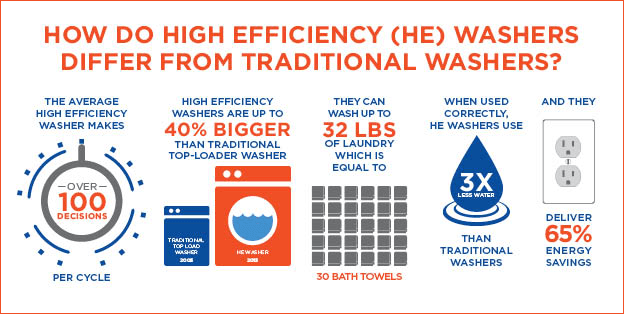
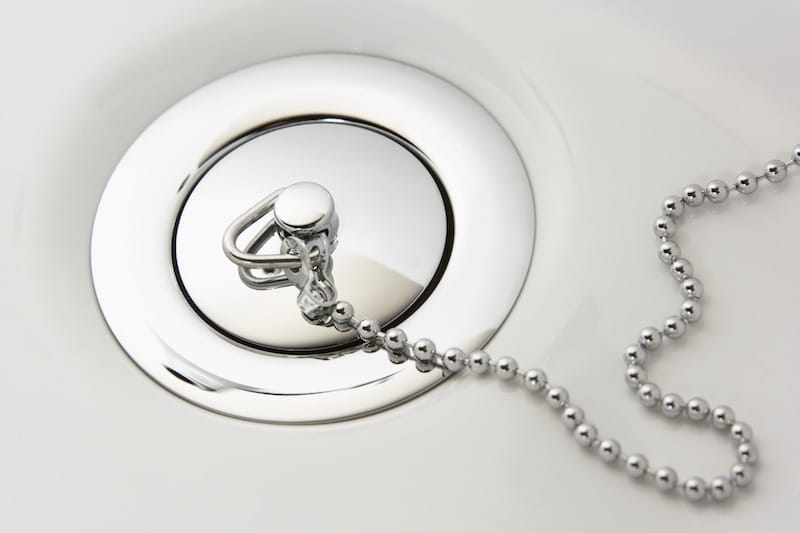 The first area to touch upon to help with Water Conservation in the Bathroom is your shower and bathtub. To begin here, a simple check of your showerhead would be in order. Aiming the head at a one-gallon bucket and timing to see how long it takes to fill can tell you when it may be time for a replacement. If the bucket is filled in less that 20 seconds you will want to look at replacing it with a more efficient, low-flow showerhead. Not only are the low flow models great for Water Conservation in the Bathroom, they are inexpensive and easy to install, they can cut your usage by more than 500 gallons of water per week. This combined with keeping a close eye on the time you and other family members actually spend taking a shower and limiting it to 5 minutes can save on average another 1,000 gallons of water per month.
The first area to touch upon to help with Water Conservation in the Bathroom is your shower and bathtub. To begin here, a simple check of your showerhead would be in order. Aiming the head at a one-gallon bucket and timing to see how long it takes to fill can tell you when it may be time for a replacement. If the bucket is filled in less that 20 seconds you will want to look at replacing it with a more efficient, low-flow showerhead. Not only are the low flow models great for Water Conservation in the Bathroom, they are inexpensive and easy to install, they can cut your usage by more than 500 gallons of water per week. This combined with keeping a close eye on the time you and other family members actually spend taking a shower and limiting it to 5 minutes can save on average another 1,000 gallons of water per month.